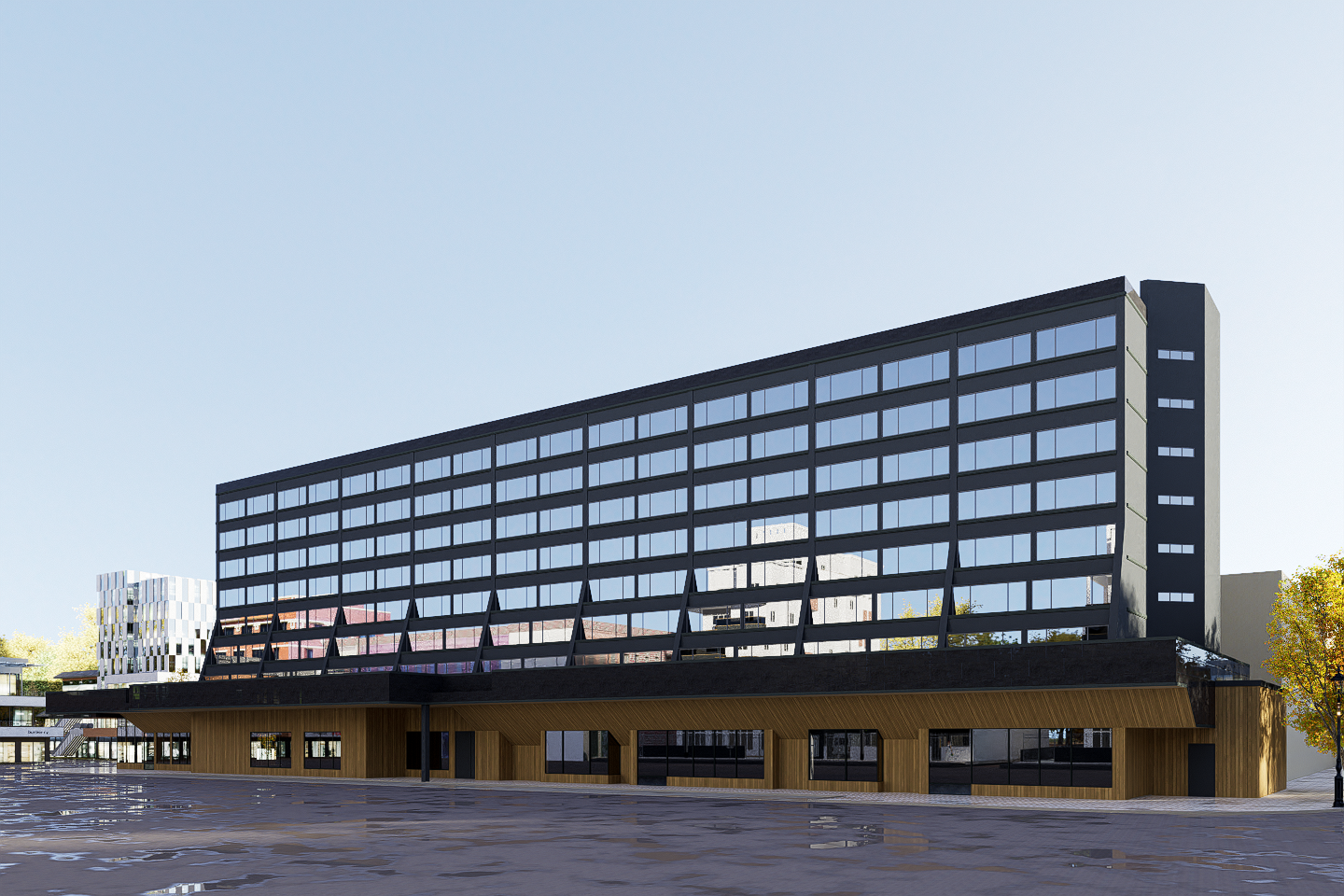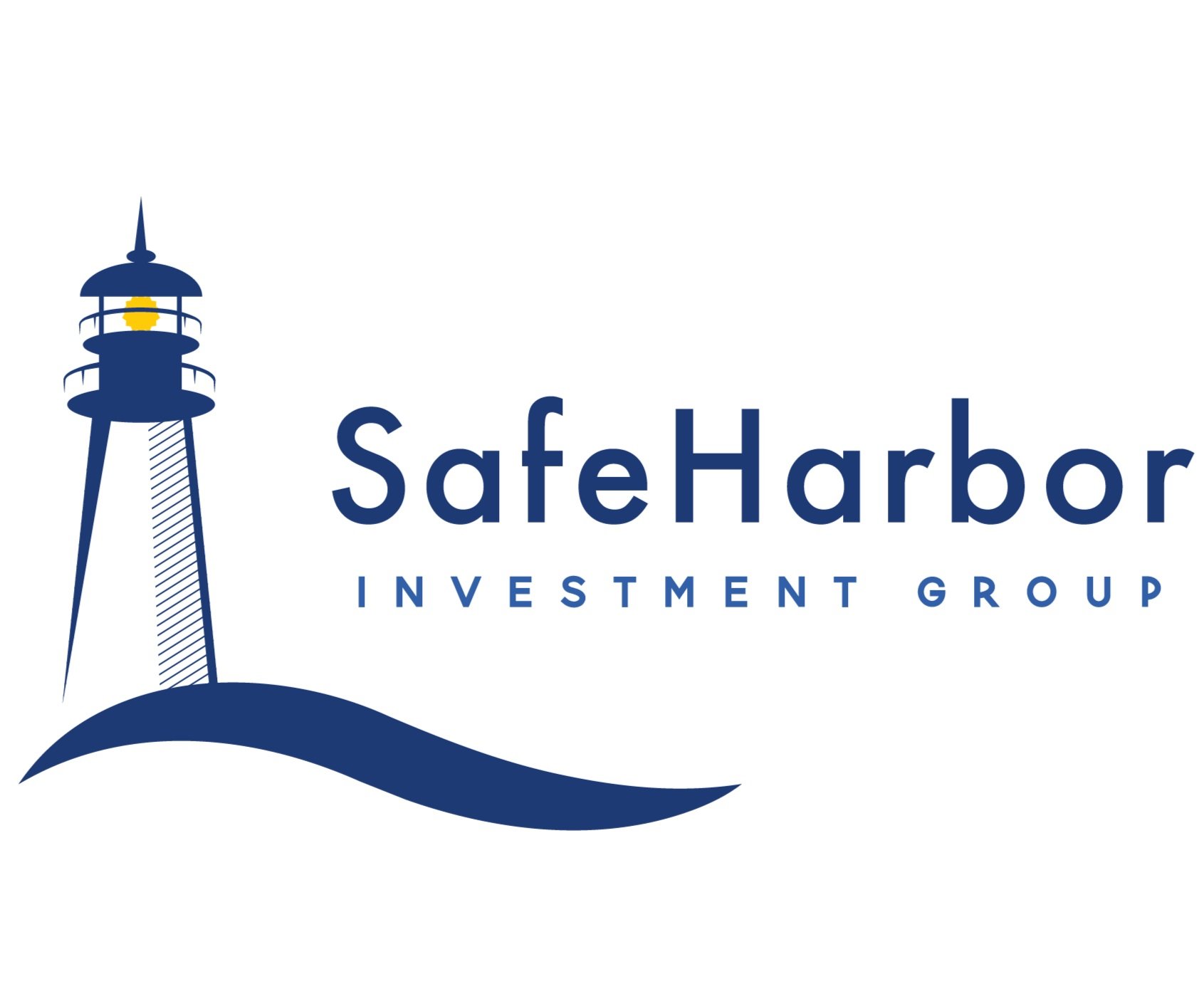
GoodHomes
Building GoodHomes for Great People.
Who We Are
GoodHomes Communities is a vertically integrated, private real estate investment company focused on acquiring well-located, under-performing hospitality and senior housing assets and converting them into essential housing for America’s workforce.
Through adaptive reuse, GoodHomes utilizes the existing buildings and infrastructure to create beautiful, vibrant apartment communities at a fraction of the cost of ground-up development. As a result, GoodHomes is able to keep rents at attainable levels for Americans earning 60% - 120% Area Median Income (AMI).

Learn more about our projects.
THE CHALLENGE
Demand for affordable apartments is outpacing supply.
We find that municipalities across the country do not have enough moderately priced, market rate housing to meet the growing demand of renters. This trend is particularly acute for Americans making 60% - 120% area median income (AMI), which accounts for roughly 40% of the country and make up the “workforce housing” category. This segment makes too much to qualify for public assistance, but cannot afford to live in the markets where they work.
On the supply side, developers are facing rising construction costs, and cannot afford to build ground-up developments while keeping rents affordable. This has led to a majority of new construction skewing heavily towards Class A, luxury, leaving the middle-income segment with virtually no viable housing solutions.
GoodHomes has taken on the challenge to solve the housing crisis for the most important segment of our population.
OUR APPROACH
GoodHomes strategically acquires hotels, extended stays, and assisted living facilities located in markets around the U.S. with a strong demand for workforce housing.
With a focus on midscale hotels and extended stays, and lower performing assisted living facilities, GoodHomes can acquire and convert these properties at a fraction of the cost of ground-up construction, utilizing the existing infrastructure, general floor plans, and amenity spaces.
Through adaptive reuse, GoodHomes transforms fatigued properties into flourishing apartment complexes servicing the country’s essential workers and students. Our approach brings healthy energy to each of our communities, offering luxury amenities like swimming pools, fitness and wellness centers, and social lounges, all at attainable rents.
This approach not only reduces the capital expenditure per unit, but also accelerates construction and lease-up timelines, adding tremendous value to the investment and financial viability of each deal.
OUR EXPERTISE
The GoodHomes team has been involved in residential development and redevelopment projects consisting of more than 5,000 apartment units with a value in excess of $5 billion. These projects include hotel to multifamily conversions, SRO to hotel conversions, and occupied rent-stabilized multifamily building conversions into market rate, middle income rentals.
With the decades of experience in construction, design, management, and development, GoodHomes has developed a unique approach to conversions, optimizing each square inch to ensure the highest quality end-product without incurring unnecessary development costs.
GoodHomes has also developed a deep knowledge and expertise in dealing with local municipalities on re-zoning efforts, which is often the biggest challenge for conversion projects. Utilizing national expertise and local relationships, GoodHomes swiftly secures all necessary residential entitlements and often develops full construction plans before closing, significantly reducing investment risk.
GoodHOmes
By the
numbers
13 Properties
2,300+ Units
9 States across the u.s.
The perfect storm
aMERICA’S HOUSING CRISIS
Nearly a quarter of American renters spend over 50% of their income on rent.
This is a nationwide trend, with nearly half of low and middle income households considered “rent burdened” (i.e. spending over 30% of their income on rent) in almost every state.
This trend has largely been influenced by rising rental costs and shrinking inventory of affordable units.
40% of renter households are living in housing built before 1970.
These older units are more likely to have deferred maintenance, structural deficiencies and potential health hazards than newer or renovated units. They are also less energy efficient, less resilient to the impacts of climate change, and less likely to have accessibility features.
The aggregate cost of addressing reported rental housing deficiencies is estimated at $57 billion.
rISING COSTS SKEW New development towards the high-end.
With rising construction costs, developers can’t afford to build ground-up without charging luxury prices. As a result, new rental construction has added supply almost exclusively to the upper end of the market, charging rents that are generally out of reach for low- and moderate-income households. With a lack of new supply, rental housing has become increasingly unaffordable especially for low-to-middle income households.
According to the National Association of Realtors, the United States is currently experiencing a housing shortage of between 5.5 and 6.8 million units, with the gap between supply and demand widening every year.

Acquisition CriterIa
Location
Adjacent to stable and growing employment areas, with a focus on distribution & manufacturing hubs, large medical institutions, military bases, colleges & universities, and government offices.
Zoning
Fully entitled (or close) for residential, multifamily use at closing.
Asset Type
Hotels, extended stays, assisted living facilities, and select office spaces.
Unit Number
100+ minimum units.
Size of Units
Over 300 square feet (larger unit sizes preferred).




















